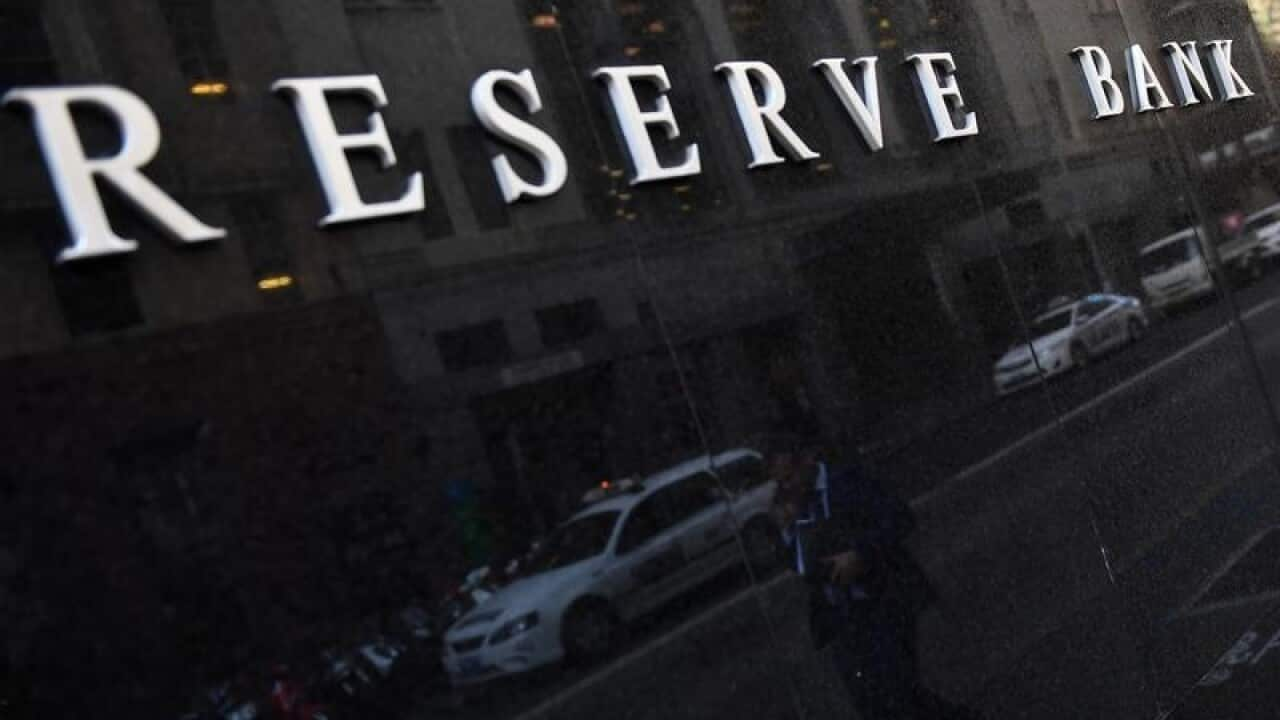The Reserve Bank has painted a foreboding outlook for consumer spending, as wages continue to grow slowly and household debt levels remain high.
But the central bank remains generally upbeat about the economy, with global conditions improving over 2017 and full-time employment in Australia growing at its fastest pace in a decade.
Minutes from the RBA's December board meeting, at which the cash rate was again left unchanged at 1.5 per cent, show that board members discussed sluggish consumption and weak wages growth.
They said business conditions were positive, the outlook for non-mining business investment had further improved and the upswing in public infrastructure investment was also supporting economic growth.
"However, growth in consumption was expected to have slowed in the September quarter and the outlook for household consumption continued to be a significant risk, given that household incomes were growing slowly and debt levels were high," the minutes said.
Members noted growth in retail sales volumes and car sales to households were subdued in the September quarter and moderate growth in consumption was likely to continue through to the end of the year.
Commonwealth Bank senior economist Michael Workman said the RBA's minutes were consistent with the relatively positive tone of the past few speeches.
"There are good reasons for holding a positive view on Australia's economic outlook," he said.
"The global economic outlook is improving, especially across the major economies and Australia's trading partners."
Mr Workman said he didn't expect the RBA to lift the cash rate until late next year.
"Current benign trends in wages and inflation could delay a move till early 2019."
RBA board members noted wages growth for the September quarter was slightly lower than expected despite a 3.3 per cent rise in the minimum wage, as determined by the Fair Work Commission.
"The forecast was still for wage growth to increase gradually over the next year or so," the minutes said.
Members noted that the housing market had cooled, particularly in Sydney, while a considerable supply of apartments would be built over the next few years.
The Australian dollar fell slightly following the release of the minutes, and was trading at 76.63 US cents at 1308 AEDT.









